The Song of the Nightingale
Off India’s largest highway resides a troubled community forced to use prostitution for its economic survival. An independent documentary is being produced to give these women something they never thought possible: change
This story begins in 2009 with a northbound journey up India’s National Highway 79. Indian-American director Atin Mehra was en route to a shoot with a Chilean television crew when they stopped at a forlorn-looking tea hut on the side of the road.
As soon as they stepped inside and were greeted by a group of young, provocatively dressed girls, the men realized this place wasn’t what it appeared to be. They had stumbled into a hut belonging to the Banchara, a long-marginalized community off the highway that relies primarily on the caste trade of prostitution for its economic survival.
In the Banchara, a girl will earn her family money either through a large dowry or by entering what they call “the business” — prostitution. It’s a fork in the road that every female in the community must face, and many of them are forced down the latter path when they’re not married off in time.
Atin and his crew left the hut and continued on their trek, stricken. When he returned home to his wife, Mae, and their young daughter in New York City, Atin wasn’t the same.
“I was disgusted. I wasn’t eating. I was thinking all the time,” says Atin. “I told Mae, ‘I feel something. I need to go back to that place.’”
He eventually assembled a small crew and flew back to the roadside community, determined to find the hope that still existed in the Banchara and capture it on film, using his craft to elevate them. He found that hope in 12-year-old Bulbul, the youngest of six sisters who was on the brink of entering the business herself. But Bulbul was thinking differently. She questioned her fate, wondering if, somehow, there was something else out there for her than her predetermined future.
Bulbul: Song of the Nightingale follows Bulbul and some of her fellow Banchara women as they begin to realize the possibility of breaking the toxic cycle that has gripped their community for generations. With a bit of education and some leverage, these girls could reject the caste tradition of prostitution and claim their own lives.
“It really took a lot to build that trust and convince them that if they shared their stories with the rest of the world outside of the society that completely oppresses them, maybe some other help, some other opportunities, can come,” says Mae, who worked as one of the film’s producers, a chief researcher and grant writer from their home in the States.
Aiming to complete the film by spring 2015 for the film festival season, the Mehras are running out of time, and are looking to the public for help. Their Indiegogo campaign ended in November, but there are still ways to contribute by visiting the film’s website.
“First and foremost we have to finish this film, because the first step is to raise awareness about the issue and give these girls a platform to tell their stories,” says Mae. “But after that, we have plans to work in the area, whether it’s forming our own NGO or working with other organizations with the goal of providing health care, education and alternative economic opportunities for this community. That is absolutely our goal.”
The name Bulbul itself is the Hindi word for “nightingale.” Just as the bird’s song represents new beginnings, the Mehras and their team see the documentary as Bulbul’s own song of change, and the song of other Banchara women who risked their lives to tell their stories on film.
“They were changed by the time we left,” says Atin. “They were different human beings, because they were realizing their problems. They started talking about issues. They were on fire.”
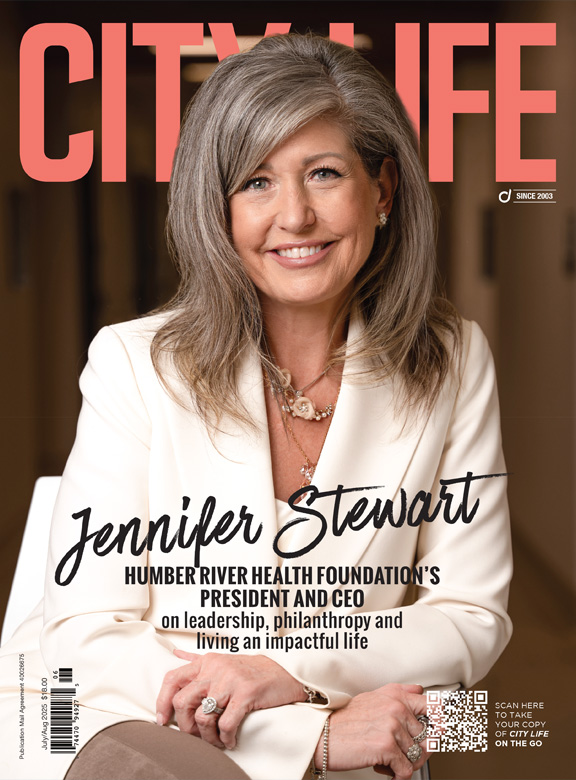








































































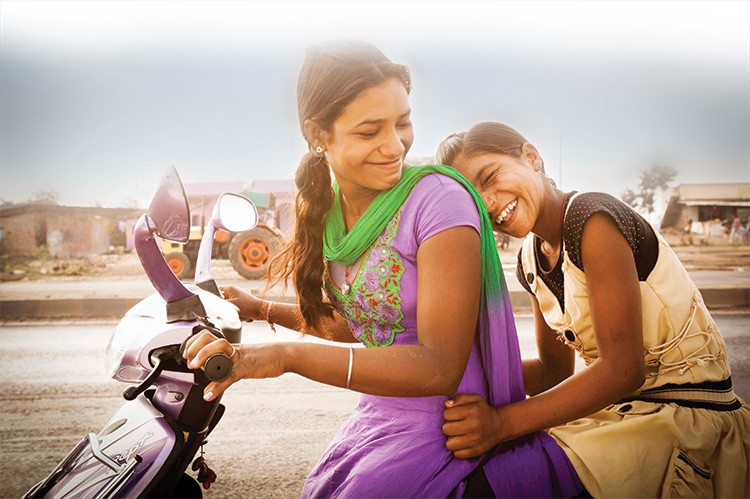
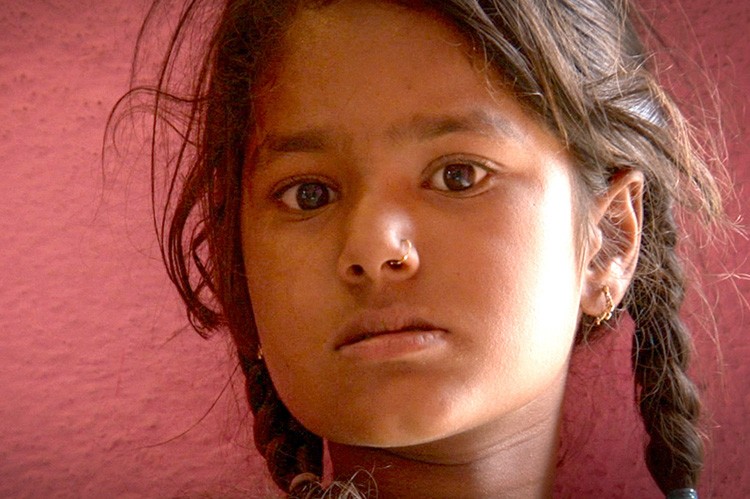

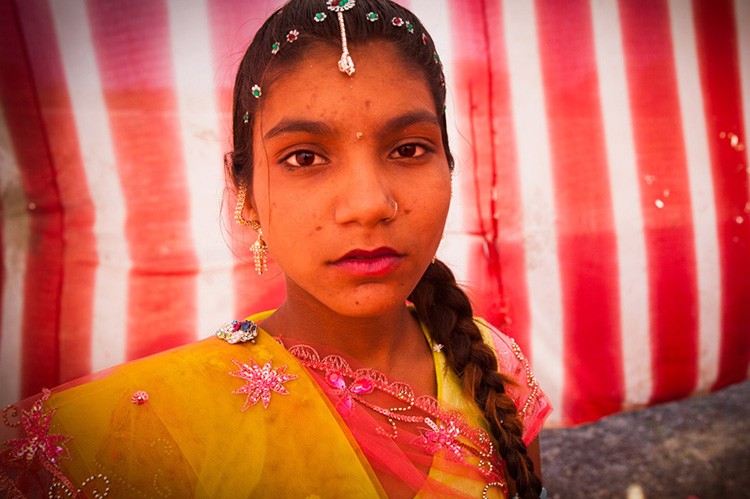
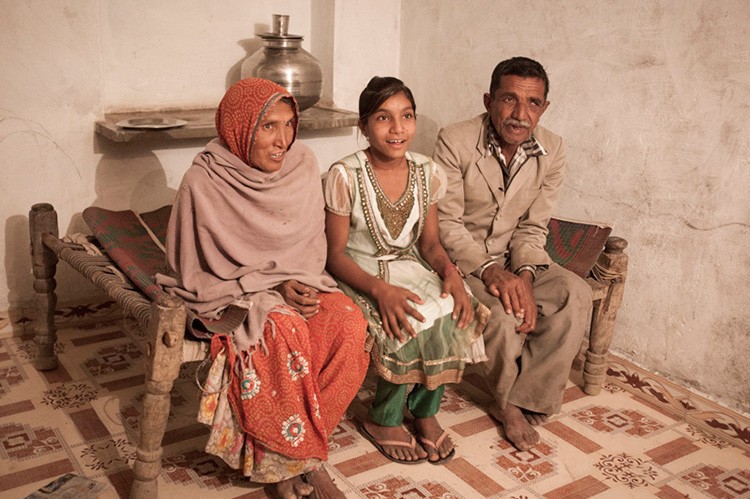
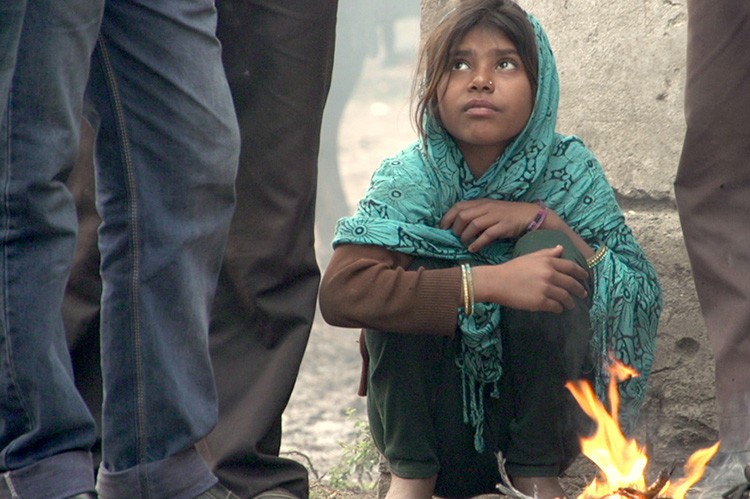
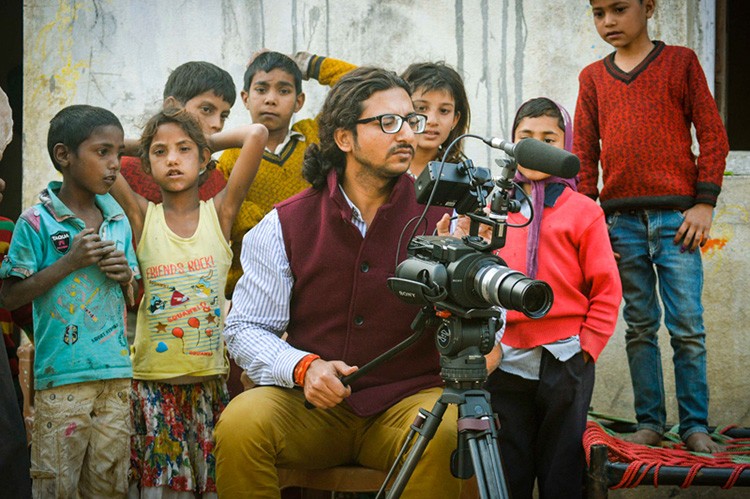
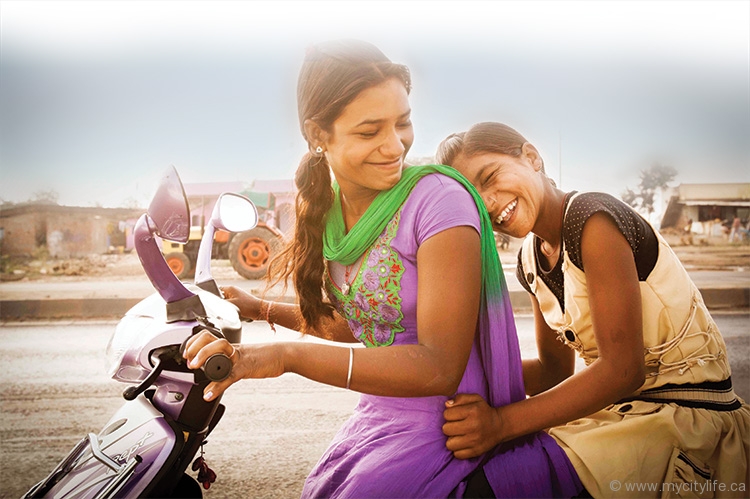





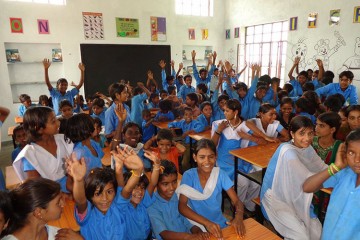
No Comment